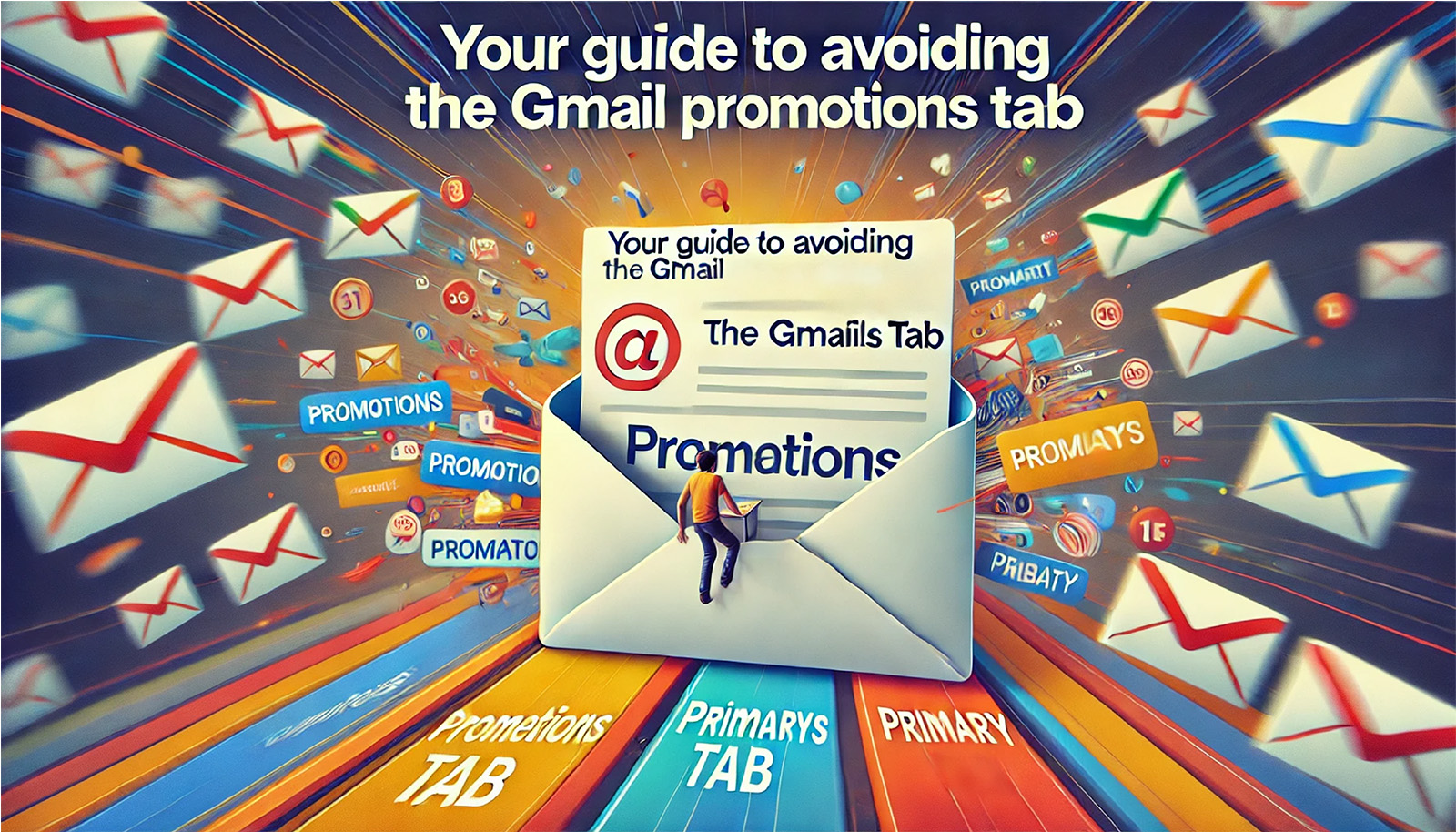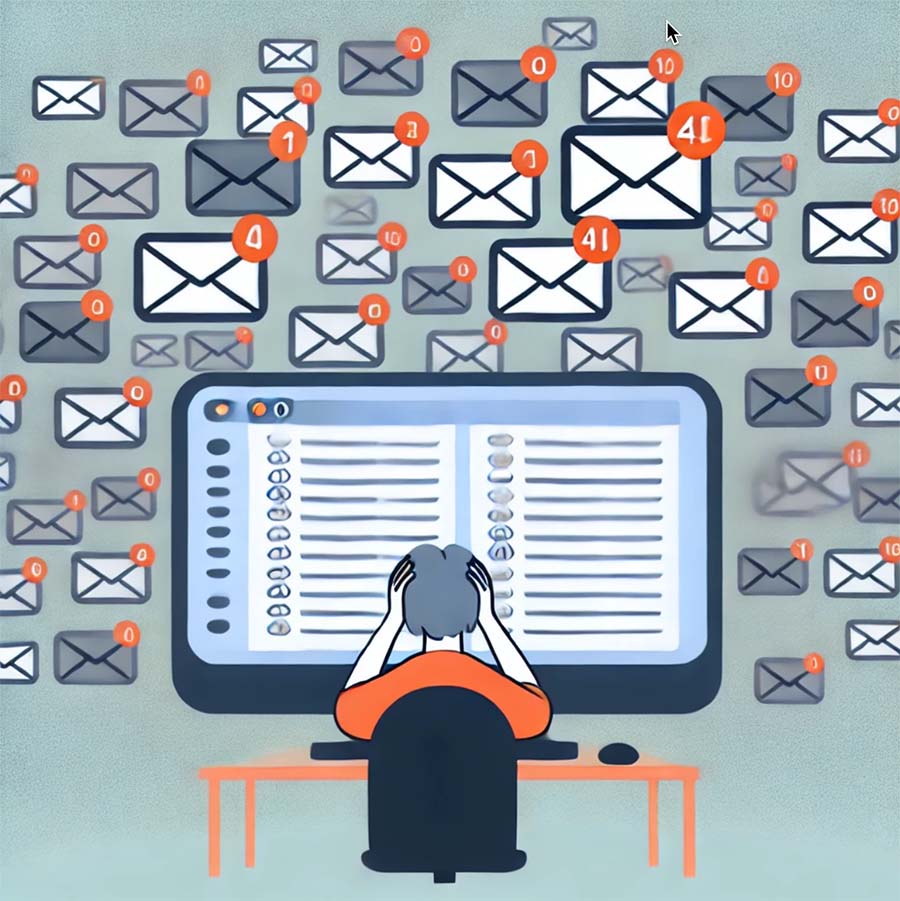The Silent Killer of Your Email Reputation: How to Stop Webform Spam
Introduction: A Home Security Analogy
If you were to come to my home, you would see security cameras at my front door, above my garage, and on the side and back doors. I have sensors on every window and door, a glass break sensor inside, and a motion detector in the main living areas.
Why do I go to such lengths? Because I want to make sure I keep unwanted visitors out of my home.
Your website and, more importantly, your databases and CRM should be treated the same way. Just like you would never leave your home open to intruders, you cannot afford to leave your digital doors open to bots and spammers.
We only want to let real subscribers in and block the bad ones from ever getting into our database.
What is Webform Spam?
Webform spam refers to fake or bot-generated submissions through your website’s contact forms, newsletter sign-ups, or lead-generation forms.
These submissions often look legitimate at first glance. They might contain a name, an email address, and even a fake phone number. But beneath the surface, they are nothing but junk data submitted by automated bots designed to flood your systems with fake leads.
It is like leaving your front door open all night and waking up to find random strangers in your living room.
Why Should You Care?
Webform spam is more than just an inconvenience. If left unchecked, it can sabotage your email marketing efforts, damage your sender reputation, and even get your entire domain blacklisted by email providers.
Here is a story that illustrates how dangerous it can be:
I recently worked with a client whose entire email system was blocked. Not just their marketing emails, but their entire corporate domain was shut down by email providers.
The reason? Nearly two-thirds of their database was filled with fake, bot-driven submissions from their webforms. Those fake contacts triggered bounces, spam complaints, and spam trap hits, which are all signals that email providers use to determine whether you are a legitimate sender or a spammer.
Because of these spam signals, every major email provider saw them as a threat and cut them off completely. It was not just a minor inconvenience; it brought their entire communication system to a standstill.
How Webform Spam Happens
Spambots are designed to exploit the very forms you use to collect valuable leads. They crawl the internet looking for unprotected forms, and once they find one, they can flood it with thousands of fake submissions in minutes.
These bots typically submit fake or stolen contact information, often scraped from the internet or purchased on the dark web through data breaches. In many cases, the goal is not just to clog up your CRM. Spambots are also used as part of larger attacks to flood the inbox of real email addresses with so many junk messages that important security alerts, like password reset emails, failed login attempt warnings, or failed credit card transaction alerts, get buried and go unnoticed.
In other words, they are not just cluttering your database. They are also used to cover up fraudulent activity and hide the signs of a compromised account.
Just like you would not leave your home’s doors and windows open without a lock or sensor, you cannot afford to leave your digital forms unprotected.
The Cost of Webform Spam
The impact of webform spam goes far beyond a cluttered database. Here is what can happen if you let spam submissions sneak in:
Bounces – Spam email addresses are not real. When you send to these fake addresses, your emails bounce back, hurting your sender reputation.
Spam Complaints – Some spam bots even use real email addresses stolen from elsewhere. When those real people see your email in their inbox, they mark it as spam.
Spam Trap Hits – Spam traps are email addresses set up by mailbox providers to catch senders who are not following best practices. If your list includes these traps, it is a red flag for the providers.
Wasted Time and Money – Every fake lead you collect wastes your team’s time and resources. Your CRM, your sales team, and your email platform all pay the price for spam.
Worst of all, if enough of these signals pile up, your domain can get blacklisted, meaning none of your emails get through, no matter how clean your list might be from that point forward.
How to Stop Webform Spam
So how do you protect your website the way you protect your home? The key is to put up the digital equivalent of cameras, sensors, and locked doors to keep bots out and let real subscribers in.
Here are three proven ways to do just that:
SpamKill
SpamKill is a powerful tool available to EmailSmart ProTools subscribers. It automatically screens and removes bot-generated submissions before they ever reach your CRM. It is like having a digital bouncer at the door, checking every visitor before they can get inside.
With SpamKill, you can:
- Block automated bot submissions in real time
- Keep your database clean of junk data
- Protect your sender reputation and ensure your emails keep landing
Anti-Spam Plugins for WordPress
If your website runs on WordPress, there are plugins designed specifically to protect your forms. One of the best is Anti-Spam by CleanTalk.org.
These plugins add a layer of validation and filtering to your forms, blocking bots before they can fill out your forms. It is an easy, low-maintenance way to keep your webforms clean and secure.
Cloudflare Bot Protection
For businesses using Cloudflare’s paid pro plans, you can enable advanced bot protection features. Cloudflare’s system can detect and block malicious traffic at the edge, stopping spam submissions before they even reach your server.
It is like having a security guard outside your home, turning away suspicious visitors before they even get to the door.
Why It Matters: Protecting Your Reputation
At the end of the day, every fake submission you keep out is another step to protect your sender reputation and your entire business.
Just like you lock your doors and windows to keep your family safe, you need to lock down your digital forms to keep your business safe.
Take Action Today
The best time to start protecting your forms was yesterday. The next best time is right now.
Do not wait until your domain is blacklisted and your emails stop landing. Take steps today to secure your forms and your database.
Conclusion: Guard Your Digital Doors
Webform spam is the silent killer of email deliverability. It is not flashy or dramatic, but it is always there, creeping in through the cracks if you are not vigilant.
Just like you protect your home with cameras, sensors, and locked doors, it is time to protect your webforms with the right tools and strategies. Because in the end, your business and your email reputation deserve nothing less.





